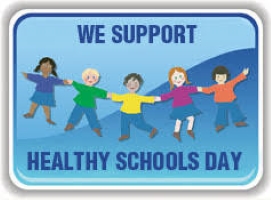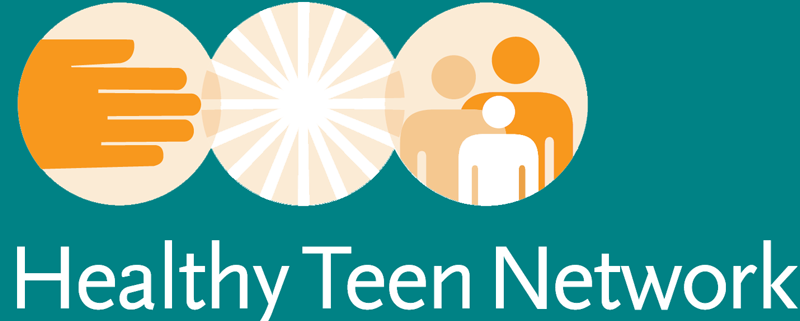Date: April 2nd, 2019
By: Healthy Teen Network

Today is National Healthy Schools Day, sponsored by Healthy Schools Network to raise awareness of issues of environmental health at school. Healthy Schools Network promotes reform in three core areas defining environmental health at school:
- Environmental public health services for children at risk or with suspected exposures at school.
- Child-safe policies for housekeeping and purchasing (targeting indoor air pollutants, mercury, pesticides, and other toxics and promoting the use of green and healthy/safer products).
- Child-safe standards for school design, construction, and siting.
We know that how and where we live, learn, and play matters, and adolescents who don’t have access to safe school environments have a higher risk of many significant and harmful health effects. School conditions such as overcrowding, air quality, safe drinking water, decades of disrepair or lack of updates can all impact adolescent health outcomes, as well as perpetuate educational inequities.
And we know that significant health inequities and disparities among racial and ethnic groups persist. Adolescents and young adults who are African American, American Indian, or Latinx—especially those living in poverty—experience greater health disparities compared to their White peers (CDC, 2013). Social determinants of health, such as poverty, environmental threats, inadequate access to health care, and educational inequalities—are mostly responsible for these health disparities (CDC, 2018).
The link between health and academic achievement is clear:
“Dropping out of school is associated with multiple social and health problems. Overall, individuals with less education are more likely to experience a number of health risks, such as obesity, substance abuse, and intentional and unintentional injury, compared with individuals with more education. Higher levels of education are associated with a longer life and an increased likelihood of obtaining or understanding basic health information and services needed to make appropriate health decisions.
At the same time, good health is associated with academic success. Higher levels of protective health behaviors and lower levels of health risk behaviors are been associated with higher academic grades among high school students. Health risks such as teenage pregnancy, poor dietary choices, inadequate physical activity, physical and emotional abuse, substance abuse, and gang involvement have a significant impact on how well students perform in school.”
School environment is just one of the factors we need to consider in a holistic approach to adolescent health, and of course, adolescent sexual and reproductive health.
Because where we learn matters.
Notice: Undefined variable: citation in /var/www/html/wp-content/themes/JointsWP-CSS-master/parts/loop-single.php on line 49
Deprecated: get_the_author_ID is deprecated since version 2.8.0! Use get_the_author_meta('ID') instead. in /var/www/html/wp-includes/functions.php on line 4719
About the Author
Deprecated: get_the_author_ID is deprecated since version 2.8.0! Use get_the_author_meta('ID') instead. in /var/www/html/wp-includes/functions.php on line 4719
Healthy Teen Network envisions a world where all adolescents and young adults lead healthy and fulfilling lives. Founded in 1979, we promote better outcomes for adolescents and young adults by advancing social change, cultivating innovation, and strengthening youth-supporting professionals and organizations. We serve as a leading national membership organization (501c3) for adolescent health professionals and organizations, promoting a unique and holistic perspective—we call it Youth 360°—to improve the health and well-being of young people.


